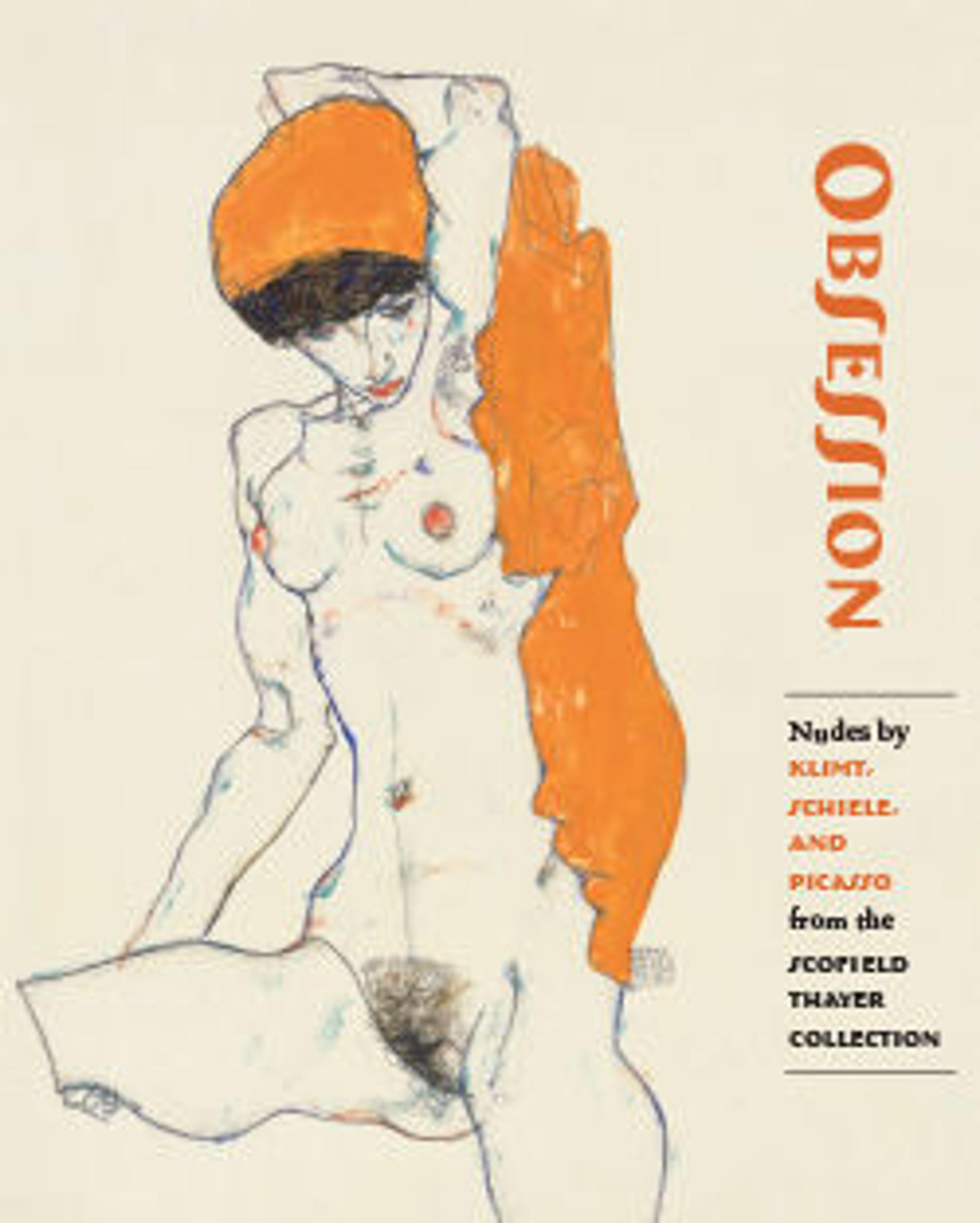Two Women of Gósol
At Gósol, a small village in the Spanish Pyrenees, in the summer of 1906, Picasso conceived a composition with two young women, perhaps sisters, as a female corollary to his paintings of boys. This is one of three handsome drawings on expensive "Ingres" paper that show the young ladies addressing one another (see Peasant Girls from Andorra, Art Institute of Chicago). Given their costume, fans, and diminutive purses, the scene may be set at a village dance; in the Carnet Catalan, Picasso sketched several dancing couples in which the women are similarly clothed.
What is most remarkable about the three related sheets is Picasso's projection of the figures' naked bodies beneath their clothes. Although the sequence cannot be established with certainty, most scholars agree that Picasso progressed from fully clothed to nude—the opposite of classical drawing technique.
What is most remarkable about the three related sheets is Picasso's projection of the figures' naked bodies beneath their clothes. Although the sequence cannot be established with certainty, most scholars agree that Picasso progressed from fully clothed to nude—the opposite of classical drawing technique.
Artwork Details
- Title: Two Women of Gósol
- Artist: Pablo Picasso (Spanish, Malaga 1881–1973 Mougins, France)
- Date: 1906
- Medium: Black ink and fabricated chalk on paper
- Dimensions: 24 7/8 x 18 1/4 in. (63.2 x 46.4 cm)
- Classification: Drawings
- Credit Line: Bequest of Scofield Thayer, 1982
- Object Number: 1984.433.280
- Rights and Reproduction: © 2025 Estate of Pablo Picasso / Artists Rights Society (ARS), New York
- Curatorial Department: Modern and Contemporary Art
More Artwork
Research Resources
The Met provides unparalleled resources for research and welcomes an international community of students and scholars. The Met's Open Access API is where creators and researchers can connect to the The Met collection. Open Access data and public domain images are available for unrestricted commercial and noncommercial use without permission or fee.
To request images under copyright and other restrictions, please use this Image Request form.
Feedback
We continue to research and examine historical and cultural context for objects in The Met collection. If you have comments or questions about this object record, please contact us using the form below. The Museum looks forward to receiving your comments.
